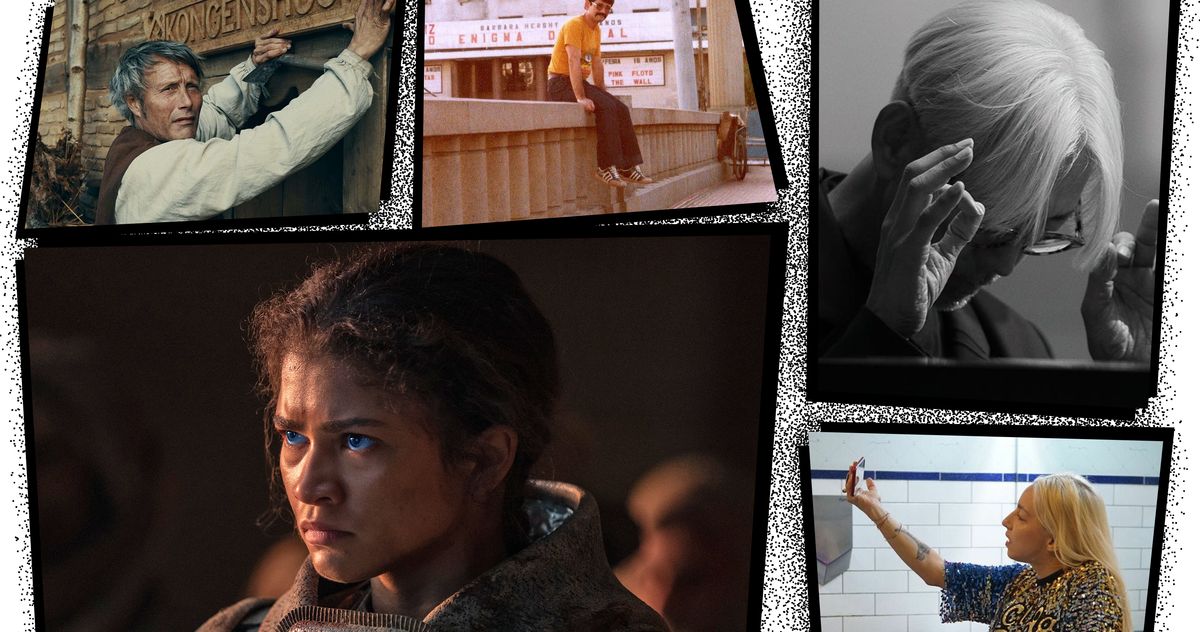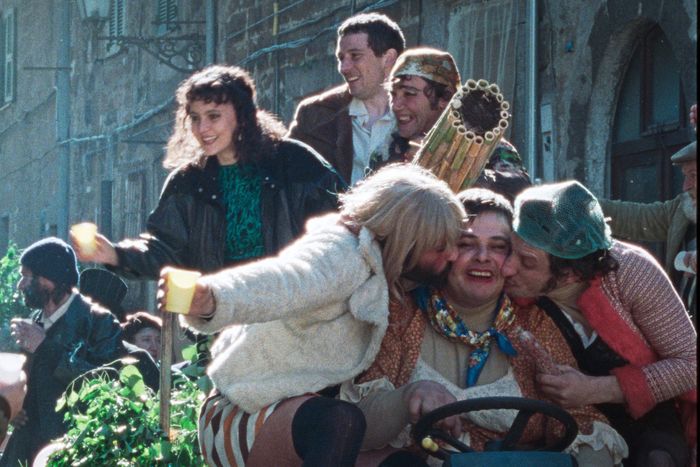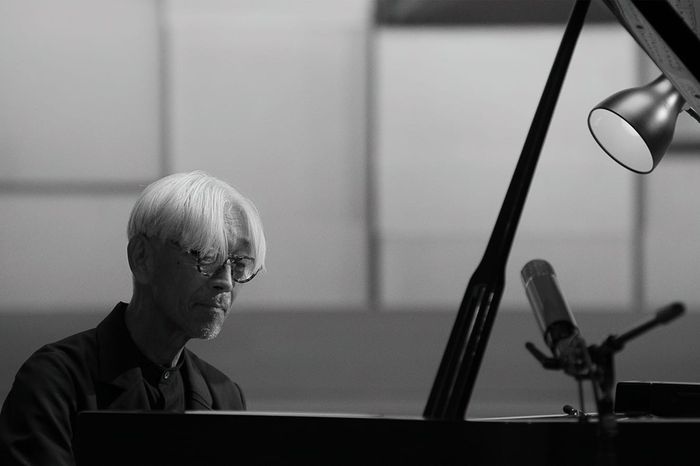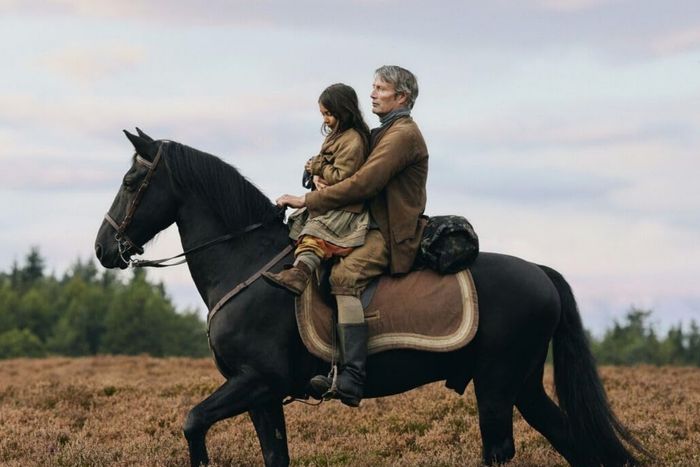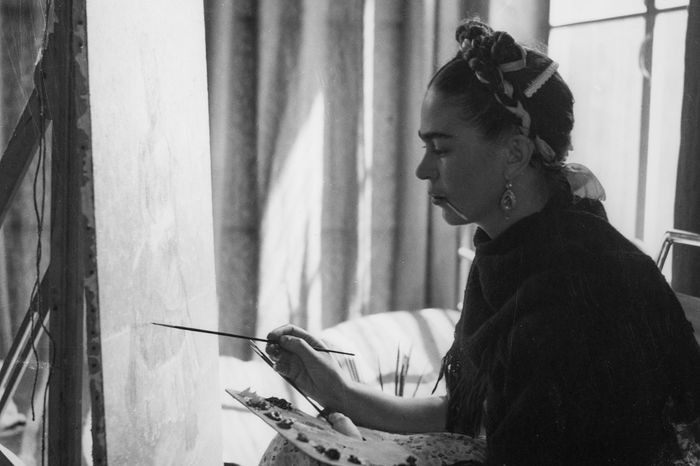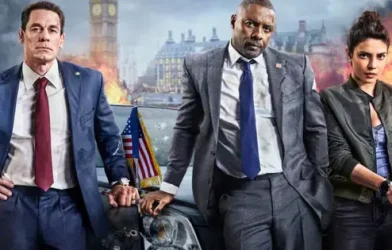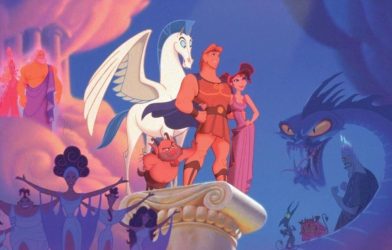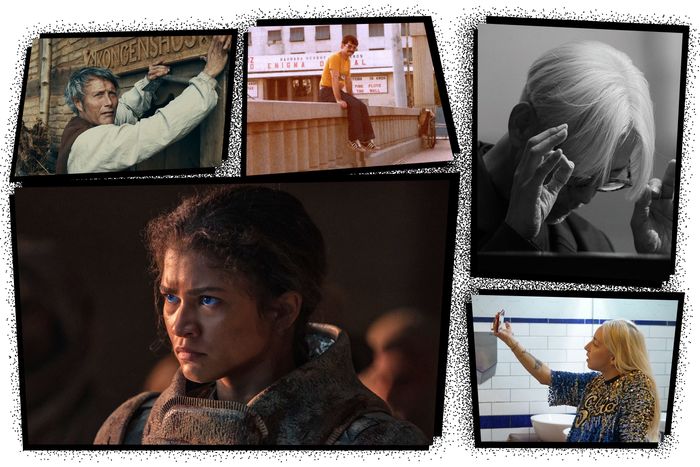
Photo-Illustration: Vulture; Photos: Magnolia Pictures, Grasshopper Film, Janus Films, MUBI, Niko Tavernise/Warner Bros.
In the first three months of the year, all eyes are often on the films that came before — the contenders that dominated the fall, vying for Academy Awards. But while studios usually save their glitziest, prestige-iest films for the horse race, there are, in fact, many movies worth your time and attention that have graced us in late winter and spring. Some might be epic-scale blockbusters (Dune: Part Two), but most of this year’s best so far are smaller films, released without a major studio’s marketing budget. One is a violent swashbuckling-adventure film, and another is a brilliant comedy as bleak as it is funny. Two mark the debuts of commanding new voices in film; another is a bittersweet good-bye to a great composer and musician. All will reward you for seeking them out. Here, the best of the many dozens of movies we’ve seen this year so far.
Photo: Neon
Alice Rohrwacher’s film follows Arthur Harrison (Josh O’Connor), a strange man with a strange gift for robbing graves, finding and lifting the antique knickknacks the ancient Etruscans of central Italy used to bury with their dead. A former archeologist, he seems haunted by his own exploits, and this occasionally rambling, often gorgeous film’s queasy dream logic suggests that we’re watching a man halfway between this world and the next, struggling to find his place. Rohrwacher, one of Italy’s foremost filmmakers, makes earthy movies with a dash of what we might call magical realism. The performances are naturalistic, the location shooting authentic and ground level, but the stories often hover on the edge of fantasy. The director fills the picture with folk ballads, naif art, playful asides to the camera, and bursts of sped-up slapstick, giving it all the quality of a ramshackle operetta. But O’Connor’s concave, melancholy demeanor undercuts the picture’s levity, likely by design: The more the film goes on, and the more fanciful it becomes, the more Arthur seems unable to reconcile himself to the world around him. He’s a sad, walking embodiment of the notion that those who spend their time worrying about the next life will never feel peace in this one. —Bilge Ebiri
➽Read Bilge Ebiri’s full review of La Chimera.
Photo: MUBI
Caustic and brilliant, Radu Jude’s latest is a comedy about the terrible absurdity of life under late capitalism that includes among its wide-ranging reference points classical haiku, Goethe, the German schlockmeister Uwe Boll, and a series of profane TikToks records by its main character, an overworked PA named Angela (Ilinca Manolache). Do Not Expect Too Much From the End of the World consists primarily of Angela’s encounters as she drives around auditioning possible subjects for a company employee safety video, a worker-blaming production made even more absurdly bleak by the fact that Angela has been putting in such long hours she’s in danger of falling asleep on the road. But woven in, brilliantly, are clips from a communist-era film about a female taxi driver, also named Angela (Dorina Lazar), whose state-sanction dramas under the Ceaușescu regime provide a counterpoint to the present day Angela’s gig economy life, until the two characters converge for the final act, which involves the shooting of the corporate production, and is one of the most blackley funny sequences you’ll see this year. —Alison Willmore
➽Read Alison Willmore’s full review of Do Not Expect Too Much From the End of the World.
Photo: Janus Films
A few months before he died in March 2023, Ryuichi Sakamoto recorded what he himself suspected might be his final solo concert. It had been created across a few days out of pre-recorded segments that were then assembled and streamed around the world. An expanded version of that concert now exists as a feature film, directed by the late musician’s son, Neo Sora. And it’s a moving, spare, and self-reflective work. Sakamoto was a savvy and thoughtful performer, always aware of his audience and in playful conversation with them. Now, as he communes with his music, we feel like we might be intruding on a private requiem. He doesn’t seem particularly frail during this performance. The fragility lies in the music, in the vulnerability with which he plays it, and in the austere cinematic presentation. The shimmering black-and-white photography and elegant camera moves heighten the intimacy of the performance. —B.E.
➽ Read Bilge Ebiri’s full review of Ryuichi Sakamoto: Opus.
Photo: Niko Tavernise/Warner Bros.
If the first Dune was Timothée Chalamet’s movie, the second belongs to Zendaya, and it’s better and more emotionally accessible for it. Denis Villeneuve’s Frank Herbert adaptation continues to be a spectacular and genuinely alien epic about genetically engineered messiah figures, space witches, massive sandworms, and BDSM-inflected goth fascist planets. But it’s Zendaya’s character, the Fremen warrior Chani, who provides the film’s heart, as a fierce-hearted rebel who’s won over by Chalamet’s Paul despite knowing better, and despite being aware that he’s saying all the right things to win her community to his side for what may be his own purposes. Dune: Part Two has incredible sweep, but it also manages to have recognizable human drama, and that comes entirely from Chani’s perspective as the representative of a people whose own desires are forever subsumed by the machinations of much larger powers. —A.W.
➽ Read Alison Willmore’s full review of Dune: Part Two; Matt Zoller Seitz’s behind the scenes look with cinematographer Greig Fraser; and Roxana Hadadi’s analysis of the ending.
Photo: Sony Pictures
Noora Niasari’s debut is based on her own childhood experiences, which is evident from the tangibility of its details, but also from the poignant sense that it’s a film about revisiting turbulent young memories with the distance and knowledge of an adult. Holy Spider’s Zar Amir Ebrahimi gives an astounding performance as the title character, an Iranian immigrant in Australia who’s fled an abusive marriage and brought along the young daughter, Mona (Selina Zahednia), that she’s terrified will be taken from her. Shayda deftly lays out the dynamics of the womens’ shelter, and of the local Iranian enclave, pitching its story of escape as a kind of intimate thriller in which Shayda must try to create a sense of normalcy and safety for her child while never being able to let her own guard down. —A.W.
Photo: Magnolia Pictures
Mads Mikkelsen is a phenomenally skilled actor, but he’s also clearly the kind of performer who understands the value of a good, cold, hard stare. This makes him uniquely well-suited for the role of Captain Ludvig Kahlen, an impoverished, stoic Danish war veteran who sets out in the mid-18th century to try and tame the Jutland Heath, a huge and forbidding area where no crop can grow and where lawlessness reigns. The Danish title of the film, Bastarden, translates as “the bastard,” and could be both a literal and spiritual description of Kahlen. He was born to an unwed servant, and he is a tough, at times heartless taskmaster. As he learns that he has to learn to rely on others in order to survive, Kahlen also finds himself at odds with a local landowner, a preening and sadistic aristocrat named Frederik de Schinkel. And so, The Promised Land transforms from a stately and lyrical tale of rural survival to something more primal and intense; think Terrence Malick’s Days of Heaven crossed with Michael Caton-Jones’s Rob Roy, only with more scenes of people being boiled alive. —B.E.
➽ Read Bilge Ebiri’s full review of The Promised Land.
Photo: Grasshopper Film
This terrifically bittersweet documentary from Bacurau’s Kleber Mendonça Filho is part memoir, part history of the director’s hometown of Recife, and part meditation on the nature of photography that outlasts the subjects it has captured. But more than anything, it’s a tribute to a life shaped by cinema that manages to avoid the syrupy sentimentality of so many other movies about movies. Filho starts his film in the childhood apartment where he shot so much of his work, and then guides it outward, to the city’s once-grand downtown, studded with cinematic palaces that have mostly been repurposed into other businesses. In doing so, he gracefully reflects on the faded glories of his favored medium. —A.W.
➽ Read Alison Willmore’s full review of Pictures of Ghosts.
Photo: Kino Lorber
Phạm Thiên Ân’s first feature can be elliptical to a fault in the way it chooses to unfold its story of a drifting young man named Thiện (Lê Phong Vũ) who, after the death of his sister-in-law, inherits custody of his nephew and embarks on a journey to find his brother, the child’s father. But the virtuosity of its filmmaking is remarkable, and some of the shots that Ân composed (with the help of his cinematographer, Đinh Duy Hưng) have lingered with me like persistent afterimages. In particular, there’s the sequence that starts the film, in which the camera drifts from a nighttime soccer game in Saigon, past street vendors and spectators and over to a bustling outdoor cafe where three men are talking about faith over beers until they’re interrupted by an off-screen collision. It’s impressive in its complexity and utterly haunting in its execution, as if it contains the whole world before its focus narrows in on one particular figure. —A.W.
Photo: © Archivo Manuel Álvarez Bravo, S.C
There have been many movies about Frida Kahlo over the years, but none have given us such a sense of the artist as an actual living, breathing person as Carla Gutiérrez’s innovative new documentary. Gutiérrez, an award-winning editor, has built the movie entirely out of archival material, using Kahlo’s own words and pictures to present her life as seen through her own eyes. Thus, we hear Frida’s own achingly confessional words (spoken by Fernanda Echevarría del Rivero) as she narrates her childhood, growing up with a deeply religious mother and an atheist father; her vivacious teen years as a hip young medical student, adored by many; her lengthy, turbulent marriage to the lecherous, revolutionary muralist Diego Rivera, who overshadowed her in her time; as well as her own passionate affairs with both men and women. The director has also taken Kahlo’s drawings and paintings, including some of the most immortal ones, and animated them so that the images now shift before our eyes to reflect her emotional transformations, with pictures often mutating into one another. It’s an inspired path into the work of an artist who often painted her own visage in visually striking arrangements. By the time the movie is over, we feel, perhaps for the first time, like we’ve gotten to know this legendary, almost mythical figure. —B.E.
➽Read Bilge Ebiri’s full review of Frida.

